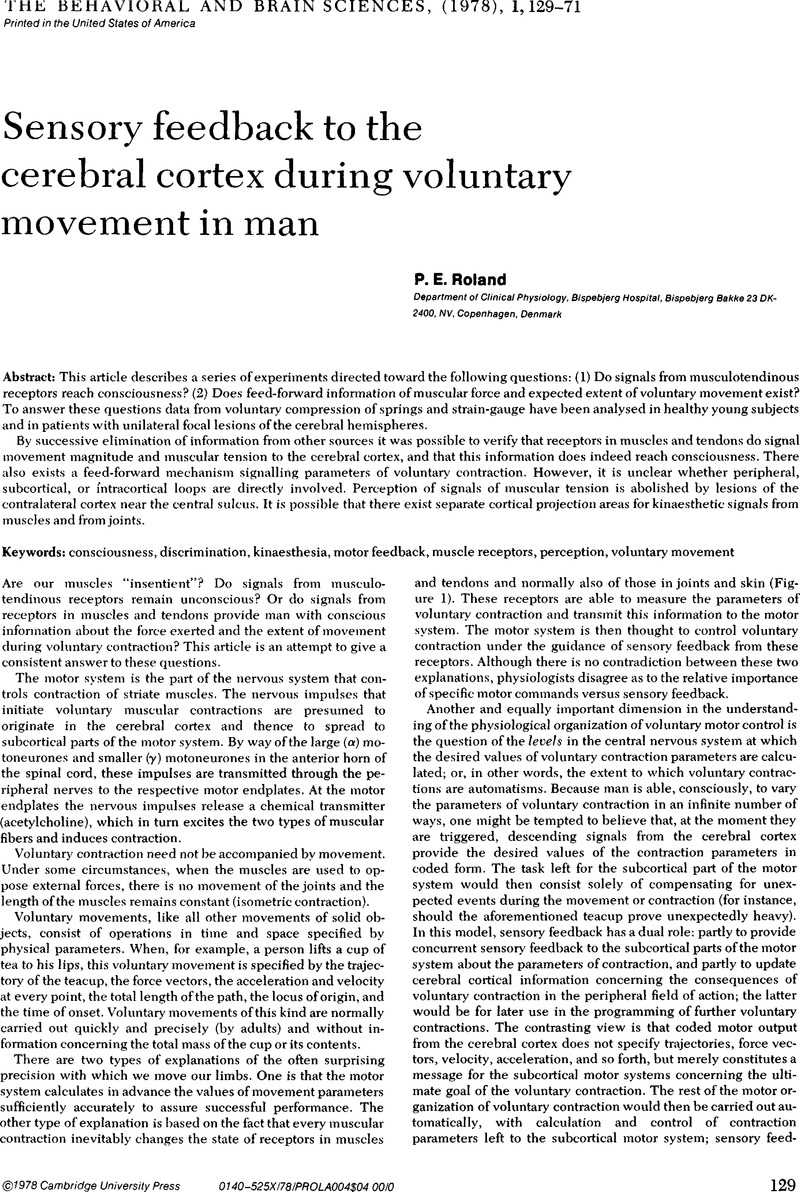Crossref Citations
This article has been cited by the following publications. This list is generated based on data provided by Crossref.
Matin, Leonard
1982.
Tutorials on Motion Perception.
p.
101.
Shebilske, Wayne L.
1984.
Cognition and Motor Processes.
p.
99.





